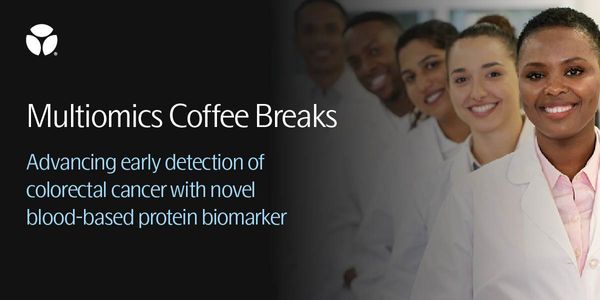-
Kevin Williams, PhD
Associate Professor, Biomanufacturing Research Institute and Technology Enterprise, NC Central UniversityBIOGRAPHY
Two projects looking at novel approaches to targeting inflammatory breast cancer will be presented. Inflammatory breast cancer (IBC) is a unique, understudied, and most lethal subtype accounting for ~15% of all breast cancer deaths. IBC is characterized by Stage III or IV at diagnosis, no solid tumor, typically not detected by mammogram and rapid progression from onset of disease. The incidence of IBC is higher in younger patients and in women of African descent. There are limited treatment options for IBC. Targeted therapy with drugs that target HER1/2 (if the cancer is HER2-positive) e.g. the HER1/2 tyrosine kinase inhibitor lapatinib are one of the few treatment options but drug resistance is observed in the clinic. In the first project, we characterized a novel isogenic-derived progression model of lapatinib drug resistance and re-sensitization using the IBC cell line SUM149. In this study, lapatinib-resistant rSUM149 cells showed cross-resistance to a number of the drugs previously shown to act on the parental cells. The rSUM149 cells had increased levels of anti-apoptotic proteins, increased antioxidant expression, and decreased ability to accumulate reactive oxygen species (ROS), all of which lead to inhibition of drug-induced apoptosis. These results strengthen the need for novel strategies to modulate cellular redox to overcome drug resistance in IBC. In the second project, a major effort of our lab is to identify novel modulators of the hedgehog pathway in breast cancer. Dysregulation of the developmental Hedgehog (Hh) pathway is observed in many cancers with activation of the downstream Hh pathway effector GLI1 being linked to tumorigenesis and invasiveness in breast cancer including IBC. We have profiled a collection of GLI-directed small molecule antagonists possessing distinct mechanisms of action for efficacy in phenotypic models of IBC, with a subset including the direct GLI1 binder GANT61 demonstrating activity in vivo. Further, we have also shown that GLI1 is directly phosphorylated by the kinase DYRK1A at a site within its putative nuclear localization sequence suggesting a possible mechanistic role in modulating its function. Utilizing the BRITE Institute’s capabilities in high-throughput screening we have identified novel and potent DYRK1A inhibitors that are being assessed for cellular and in vivo efficacy.
Learning Objectives:
1. Understand some of the new and novel approaches to targeting inflammatory breast cancer
2. Understand why there are limited treatment options for IBC
Please update your information
Certificate of Participation
DOWNLOAD CERTIFICATE






